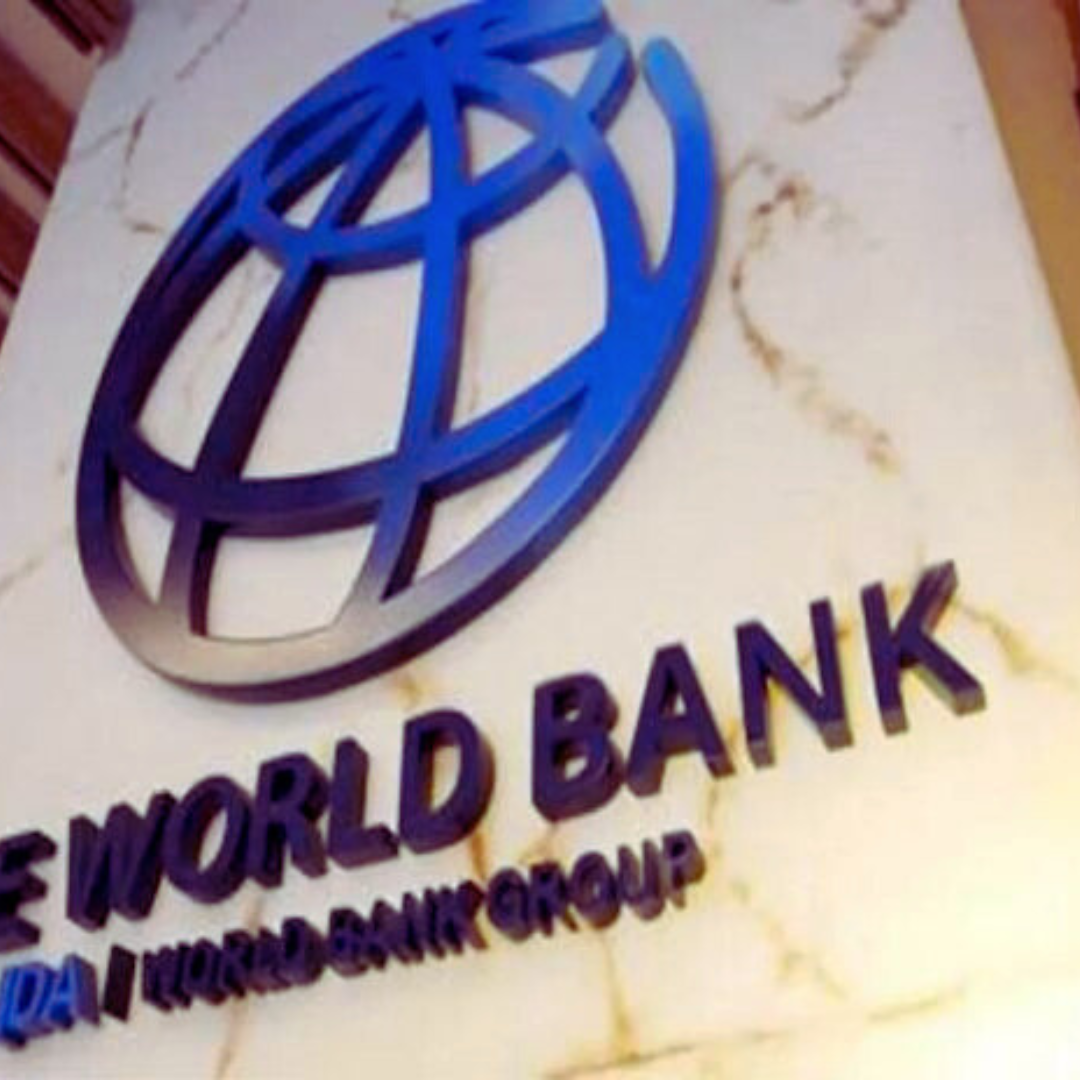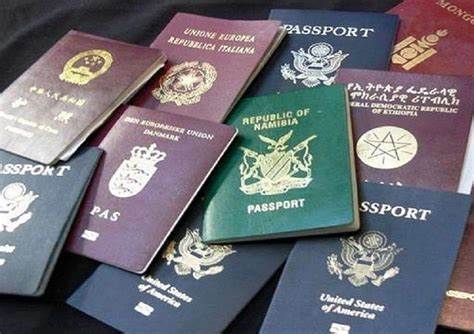Omanyano ovanhu koikundaneki yomalungula kashili paveta, Commisiner Sakaria takunghilile
Veronika Haulenga
Omanyano ovanhu koikundaneki yomalungula kashili paveta, Commisiner Sakaria takunghilile
Veronika Haulenga
Listeners:
Top listeners:
-
play_arrow
Omanyano ovanhu koikundaneki yomalungula kashili paveta, Commisiner Sakaria takunghilile Veronika Haulenga
World Bank approves $138.5 million energy loan for NamPower

Namibia has embarked on its first World Bank-financed energy project, a $138.5 million initiative to strengthen the reliability of its transmission network and integrate more renewable energy into the electricity system. The project will be implemented by NamPower, the national electricity utility, and represents a big step toward a greener and more sustainable future.
“Namibia is uniquely positioned as a regional leader in the transition towards a greener future. The World Bank is delighted to support Namibia’s commitment to expanding domestic energy generation with renewable solutions, in line with the Second Harambee Prosperity Plan (HPPII). This project will enable NamPower to develop future renewable energy projects,” said Satu Kahkonen, World Bank Country Director for Namibia.
The project consists of three main components:
- Development of the second Auas-Kokerboom transmission line.
- Establishment of a utility-scale Battery Energy Storage System facility.
- Technical assistance to help NamPower develop bankable renewable energy projects and enhance their socio-economic benefits.
The initiative also aims to create a socio-economic framework to support job creation, skills development, and female employment during the design and implementation of utility-led projects.
Simson Haulofu, NamPower’s Managing Director said, “NamPower welcomes the financing approval for this strategic investment in the country’s electricity transmission network. This project will enable us to keep pace with Namibia’s evolving and increasing electricity needs. The new transmission line is crucial for unlocking access to variable renewable energy within Namibia and facilitating regional electricity trading. Additionally, our second utility-scale battery energy storage system will support the development and integration of renewable energy plants”.
Namibia boasts excellent renewable energy resources, yet currently, renewable capacity accounts for just over 30% of total generation. Strengthening the power grid through this project is essential for integrating more variable renewable energy sources. The initiative aims to minimize outage risks, support load growth, and open up future opportunities for power trade within the Southern African Power Pool. Funding from the IBRD Fund for Innovative Global Public Goods Solutions and the Green Climate Fund will be used to develop the second utility-scale battery storage facility, further facilitating the integration of large-scale renewable energy. This will help Namibia reduce energy imports, improve grid stability, and better manage demand peaks.
Written by: Tonata Kadhila
Battery Energy Storage energy project Green energy Grid Stability Harambee Prosperity Plan II nampower Renewable Energy Southern African Power Pool Sustainable Development Transmission Network World Bank
Similar posts
Windhoek Weather
Most popular

Mbumba signs off new benefits for retired political office bearers

Former FNB employee arrested after defraud pensioner off N$215, 000

Namdia Heist: More questions, lots of confusion

Omuhwahwameki Michael okuunganeka oshikonga shoku patitha oostola dho Rani moshilongo ashihe.

Walvis Bay woman loses over N$777.000 to a fraudster
Copyright 2025 Future Media (Pty) Ltd | Website by Digital Platforms
Tel: +264 83 000 1000 | Email: news@futuremedia.com.na





